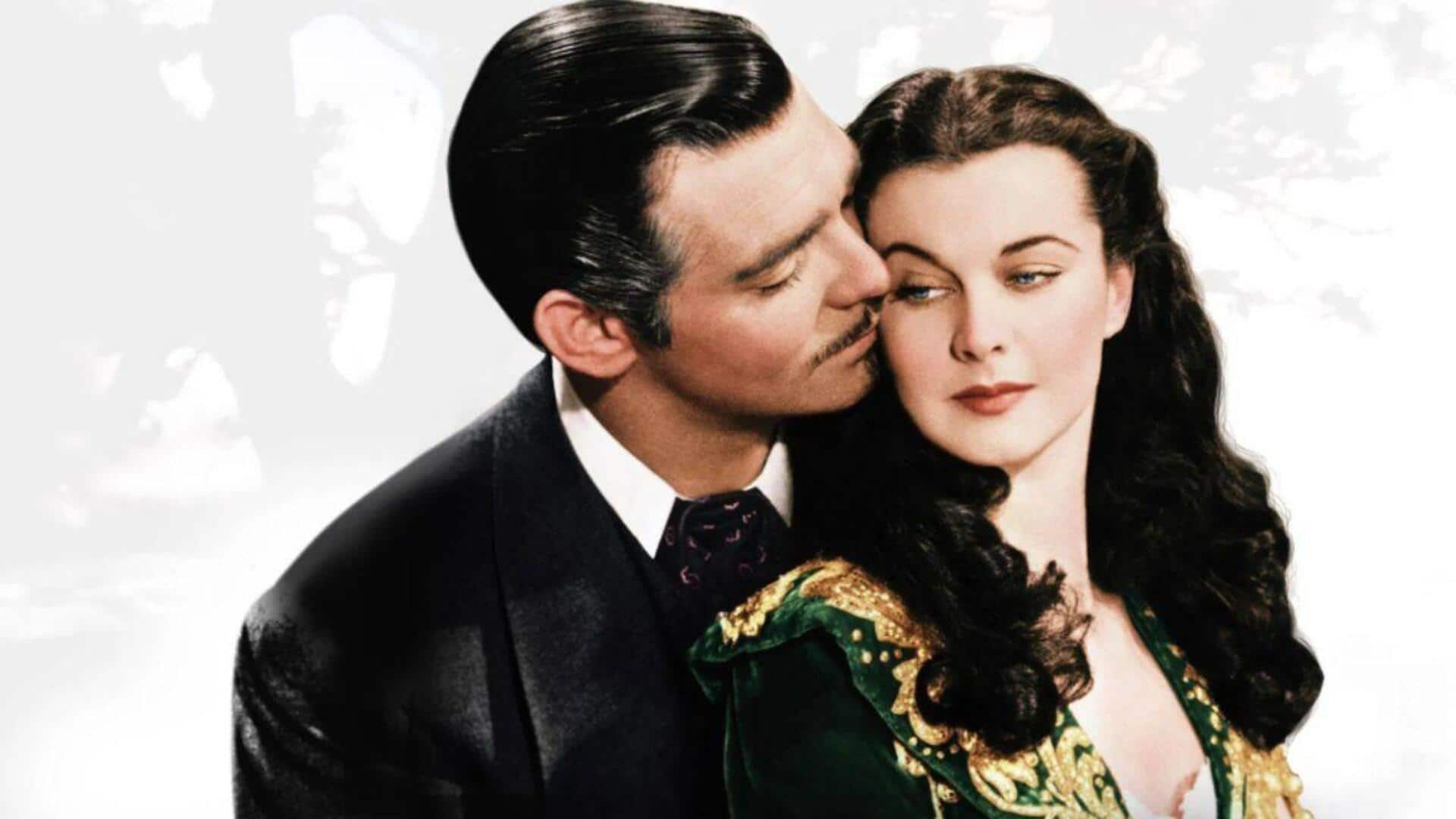
The secret power of movie openings you never noticed
What's the story
The opening scenes of films have changed a lot through the decades in US cinema. These first few moments set the tone, hook the audience, and often decide a film's fate. From silent films to today's blockbusters, filmmakers have tried everything to grab viewers's attention. Here's how these opening sequences have changed through the years, with notable trends and innovations.
#1
Silent era innovations
During the silent film era, opening scenes were predominantly visual, as sound was nonexistent. Directors had to resort to expressive acting and creative camera work to deliver emotions and the plot. Title cards gave the audience the context, while live music was used to accompany screenings to create a certain mood. This period set the stage for future cinematic techniques by making visuals a priority.
#2
The golden age of Hollywood
With Hollywood's Golden Age, opening scenes became more elaborate with the advent of technology and production values. Studios began investing in grandiose sets and costumes to awe audiences from the get-go. Iconic movies like Gone with the Wind featured sweeping landscapes and dramatic scores that set high expectations for what was to come. This era saw a shift towards more polished introductions that emphasized spectacle.
#3
New wave experimentation
The 1960s heralded a wave of experimentation in US cinema, where filmmakers were keen on finding new ways to engage audiences. Directors like Alfred Hitchcock employed unusual techniques such as abrupt starts or disorienting visuals to create intrigue from the get-go. This era saw a rise in narrative complexity in opening scenes, challenging viewers's perceptions, and inviting them into unique cinematic worlds.
#4
Modern blockbuster techniques
Today's blockbusters often use high-octane action or stunning visual effects right at their openings to immediately grab attention amid fierce competition for viewership dollars worldwide. Filmmakers employ cutting-edge technology with traditional storytelling methods, ensuring both spectacle-driven excitement and emotional depth are present within these all-important first few minutes onscreen. They set up expectations while drawing viewers deeper into narratives unfolding before them without delay.